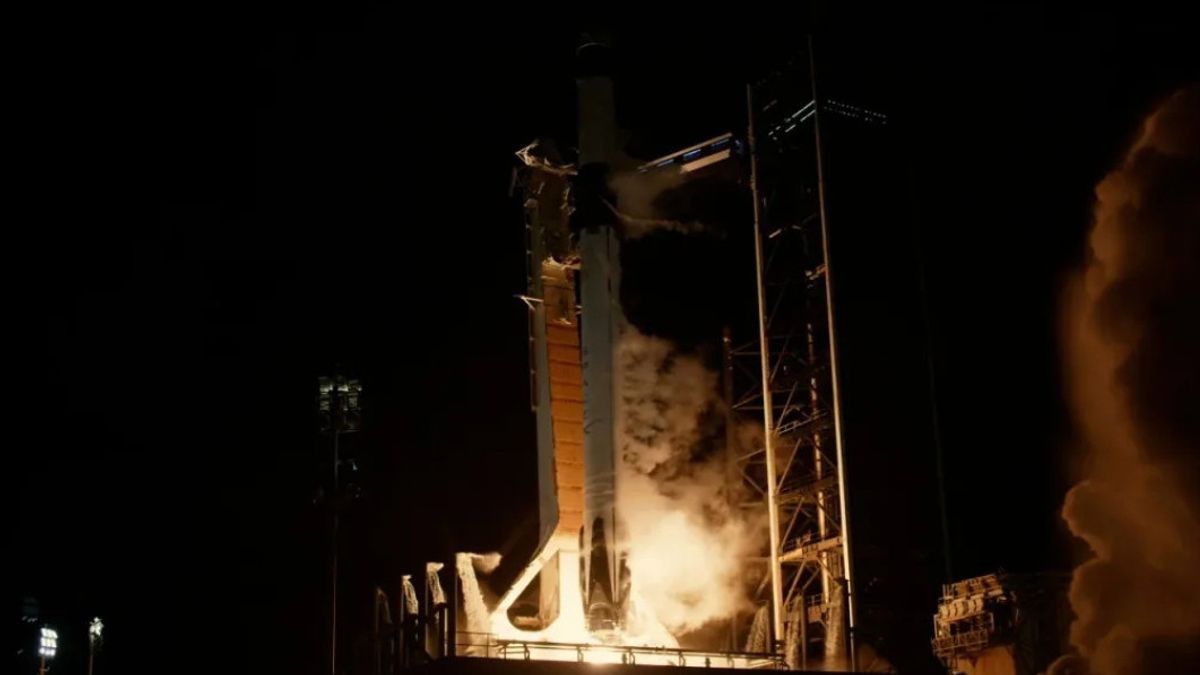JAKARTA – The failed Falcon 9 launch was not only noticed by the US Federal Aviation Administration (FAA), but also by NASA. This needs to be done because the Falcon 9 rocket carries out one of NASA's missions.
Crew-9, an astronaut flight mission to the International Space Station (ISS), is scheduled to launch in mid-August. However, seeing an anomaly in the second stage of Falcon 9 in the last launch, NASA plans to review its launch date.
NASA told Space that they will do their best to maintain crew safety and mission assurance. These two things are top priorities so that observations of the Falcon 9 failure need to be considered.
During the investigation into the Falcon 9 upper stage anomaly, SpaceX will provide information periodically. If the Crew Dragon launch window changes later, NASA will release the information to the public.
SEE ALSO:
"(We will) provide updates on the agency's mission, including potential schedule impacts, if any, as more information becomes available," NASA said.
SpaceX, which was supposed to launch Starlink on July 12, ran into problems after liftoff from Vandenberg Space Force Base. Its upper stage landed successfully, but its second stage had problems.
The second stage's engine burn ended prematurely, leaving the entire payload at an unexpected altitude. The failure grounded SpaceX's Falcon 9 rocket until an investigation and repairs were complete.
The English, Chinese, Japanese, Arabic, and French versions are automatically generated by the AI. So there may still be inaccuracies in translating, please always see Indonesian as our main language. (system supported by DigitalSiber.id)















